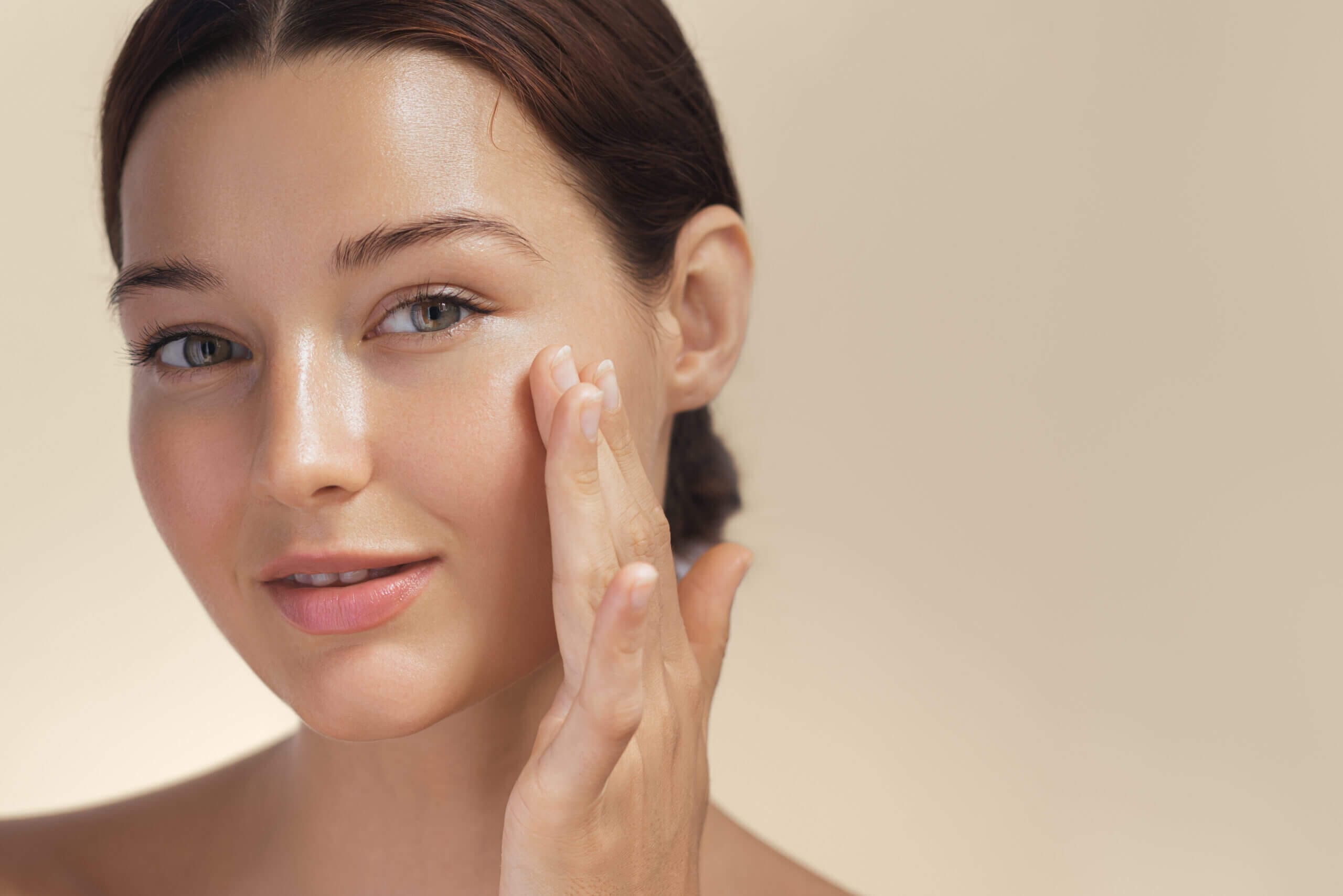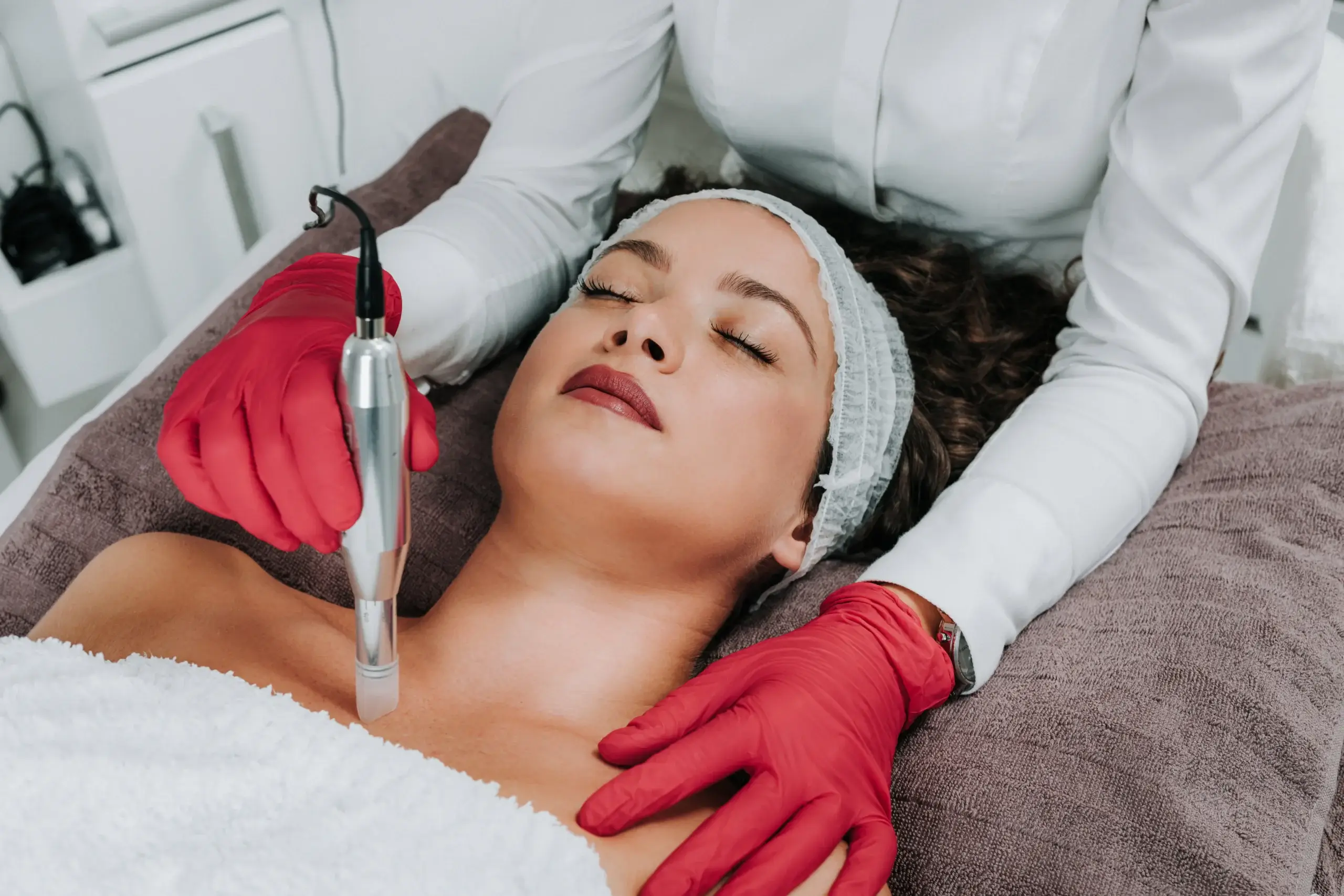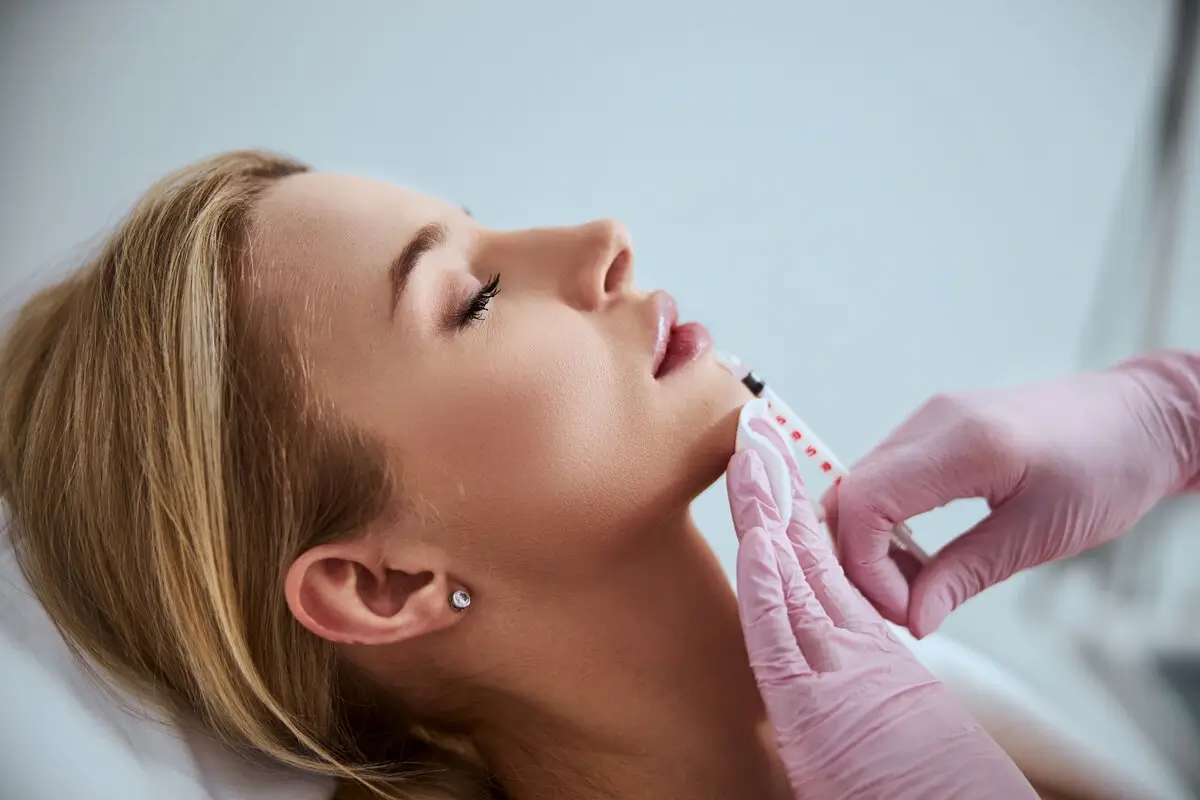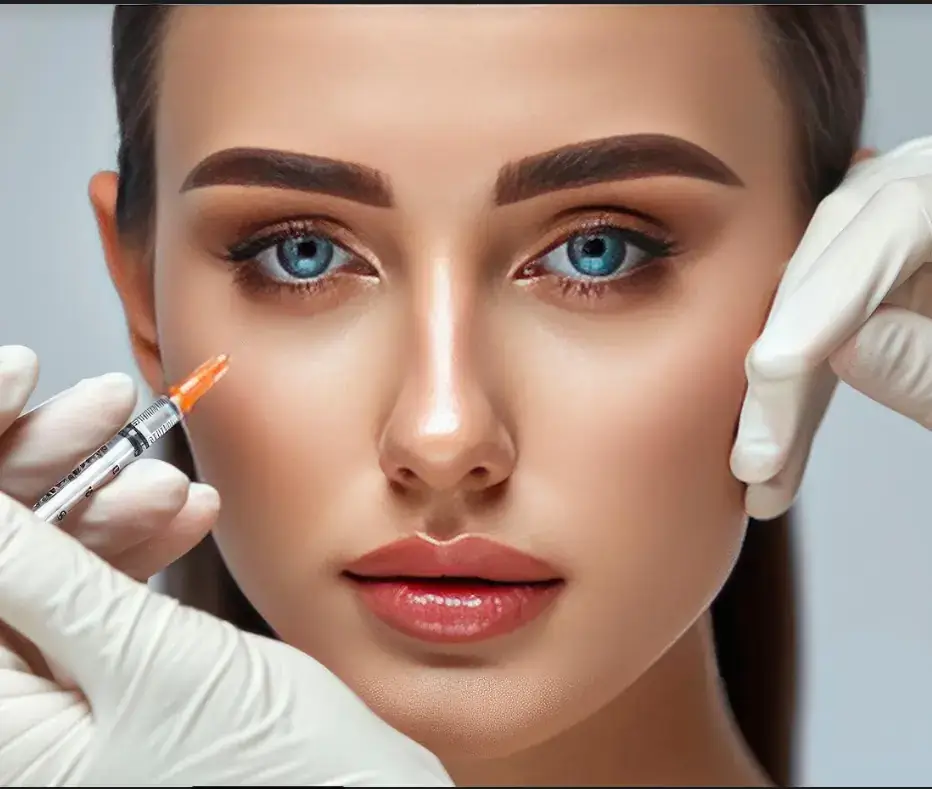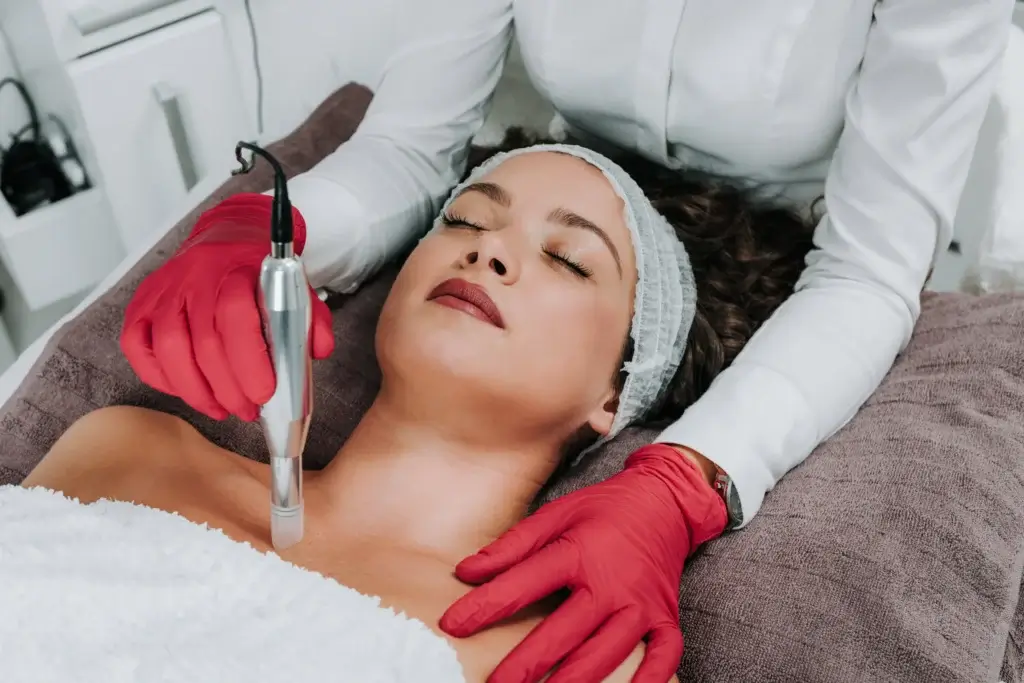
Table of Contents
Microneedling, a minimally invasive procedure, has gained traction for its potential to rejuvenate the skin by addressing concerns such as acne scars and hyperpigmentation. This technique, involving tiny needles that create micro-injuries on the skin, stimulates the body’s natural healing process, thereby boosting collagen production. While using needles on the skin might seem daunting, microneedling is celebrated for its effectiveness and minimal downtime, appealing to a wide range of individuals seeking cosmetic improvements.
Microneedling Overview
Microneedling, also known as percutaneous collagen induction therapy, is a dermatological procedure that employs a device equipped with fine needles. These needles puncture the skin to create micro-injuries. Although the idea of inducing injuries to the skin might seem counterintuitive, the process is carefully controlled, contributing to the treatment’s effectiveness.
The science behind microneedling is rooted in the body’s natural wound-healing response. When the skin is punctured, it undergoes a three-phase process of inflammation, proliferation, and maturation to heal the micro-injuries. Initially, the body reacts to these tiny wounds by inflaming the area, signaling the body to start the repair process. Subsequently, during the proliferation phase, the body produces new granulation cells rich in collagen and elastin—two key proteins that give our skin its elasticity and strength.
This influx of collagen and elastin helps to rejuvenate the skin, making it appear more youthful and reducing the visibility of imperfections such as acne scars and hyperpigmentation. Over time and with multiple sessions, microneedling can significantly improve the skin’s texture and overall appearance. Unlike other cosmetic procedures that rely on heat or chemical substances, microneedling encourages the body to heal itself, making it a natural and minimally invasive option for skin revitalization.
Microneedling Acne Scar Treatment
When microneedling is performed, fine needles create controlled micro-injuries to the epidermis and dermis, the skin’s upper and lower layers.
The first phase of the healing process, inflammation, is crucial in initiating scar remodeling. During this phase, the body mobilizes immune cells to the injury site to clear out debris and fight potential infections. This is followed by the proliferation phase, where fibroblasts, the cells responsible for collagen synthesis, are activated. Fibroblasts synthesize new collagen and elastin, the proteins that offer the skin its structure and elasticity. The new collagen matrix that forms helps to fill in and smooth out the scar tissue, gradually improving the skin’s appearance.
Over time, the wound healing process enters the maturation or remodeling phase, where the newly formed collagen is reorganized and matured, further enhancing skin texture and integrity. This phase can last for months after the initial treatment, during which the skin continues to improve.
Hyperpigmentation Treatment With Microneedling
Hyperpigmentation, which manifests as dark spots or patches, arises from an overproduction of melanin in certain skin areas. UV exposure, hormonal changes, or skin injury can trigger this.
The procedure’s ability to combat hyperpigmentation is twofold. First, by creating micro-injuries in the skin, microneedling stimulates a repair process that includes the accelerated turnover of skin cells. As older pigmented cells are shed, they are replaced by new, less pigmented cells, gradually lightening dark spots.
Secondly, microneedling enhances the skin’s collagen synthesis. This improves skin texture and firmness and contributes to the dilution of melanin pigment in the skin. Increased collagen levels can help disperse pigment granules more evenly throughout the skin, reducing the concentration of melanin in hyperpigmented areas.
Moreover, the microchannels created by microneedling facilitate deeper penetration of topical treatments targeting hyperpigmentation. This allows active ingredients, such as vitamin C, hydroquinone, or other melanin inhibitors, to reach deeper skin layers to more effectively disrupt the melanin production process.
Procedure and What to Expect
Experiencing a microneedling procedure typically involves the following steps and expectations:
- Consultation: Before the procedure, you’ll meet with a professional to identify your skin concerns, treatment ideals, and medical history. This is to ensure that microneedling is appropriate for you.
- Preparation: On the day of the treatment, your skin will be washed, and a topical anesthetic cream may be applied to minimize discomfort.
- The Procedure:
- A pen-like or roller device equipped with fine needles is used.
- The device is passed over the skin, inducing tiny punctures.
- The treatment usually lasts about 30 minutes, depending on the treatment area.
- Sensation:
- During the procedure, you may feel a vibrating or prickling sensation.
- The anesthetic cream typically makes the process tolerable, with minimal discomfort.
- Post-Treatment:
- Immediate redness and swelling are common, resembling mild sunburn. These effects usually subside within a few days.
- You might also experience some skin flaking as the skin rejuvenates.
- Aftercare:
- Applying a soothing moisturizer and sunscreen is crucial to protect the skin and support healing.
- Avoiding direct sun exposure and strenuous activities for a short period is advised.
- Results and Follow-Up:
- Initial skin improvement may be visible within a few weeks, with more significant results emerging after multiple sessions.
- Depending on individual goals and skin conditions, professionals recommend treatments spaced about 4-6 weeks apart.
- Expectations:
- Results vary based on skin type, condition severity, and treatment adherence.
- Patience is vital, as the benefits of microneedling accumulate over time with continued treatment.
Side Effects
Microneedling is generally considered a safe procedure with a few manageable side effects. The most common among these are redness, swelling, and bruising in the treated areas. These reactions are part of the natural healing process initiated by the micro-injuries caused by the procedure. Such adverse effects are typically mild and temporary, subsiding within a few days post-treatment. Individuals must follow their practitioner’s aftercare instructions to support healing and minimize potential discomfort.
Takeaway
Are you looking for a solution to stubborn acne scars or uneven pigmentation? If so, look no further than SavvyDerm Skin Clinic! Our team aims to rejuvenate and restore your skin to its natural beauty. Don’t wait any longer to start your journey to clearer, more radiant skin. Contact SavvyDerm Skin Clinic today to schedule your microneedling in Millville, DE, and discover the transformative power of microneedling


